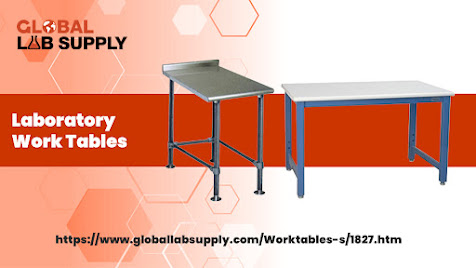Vacuum
glove boxes are used in laboratories for various purposes, such as to contain
certain substances and help in experiments requiring specific temperature
levels. The glove box creates a vacuum that keeps the air pressure inside it
lower than outside the glove box. This vacuum ensures no molecules seep through
the glassware.
In
addition, it allows for precise control over humidity, temperature, and
pressure inside and outside the chamber. The best part, these glove boxes allow
you to operate on even toxic materials without making any direct contact. Some
of the most common cases in which you will need vacuum glove boxes are shared
here:
·
Create Certain Pressure Levels:
Sometimes,
you might need a certain pressure level within the chamber for experiments. In
such a case, if you simply put the material inside a normal chamber, it might
change the pressure level. For this purpose, Vacuum Glove Box is used
as it creates a certain desired pressure level in the vacuum. You can adjust
these variables per the requirements of the materials you are handling in your
lab.
·
Protect Chemicals and Solutions:
Using
vacuum glove boxes, you can easily protect certain substances from chemicals
and other substances that may react with them. For example, suppose corrosive
chemicals need to be stored at low temperatures and other chemicals with
different properties. In that case, you should Choose
Global Lab Supply vacuum glove boxes to keep them together to work on highly reactive and toxic
substance.
·
Ensure Precise Temperature Levels:
It is
important to control the temperature within a certain range while conducting
experiments. Since this is not possible when you use only glassware, you can
use vacuum glove boxes to ensure that the required temperature is maintained
inside the chamber and outside of it as well. It will allow you to monitor the
exact temperature in real-time so that you can adjust if needed.
The main reason vacuum gloves are used in laboratories is that they keep air pressure and air level lower than outside the chamber. It helps maintain a stable reaction rate and avoids drastic changes in the results.






